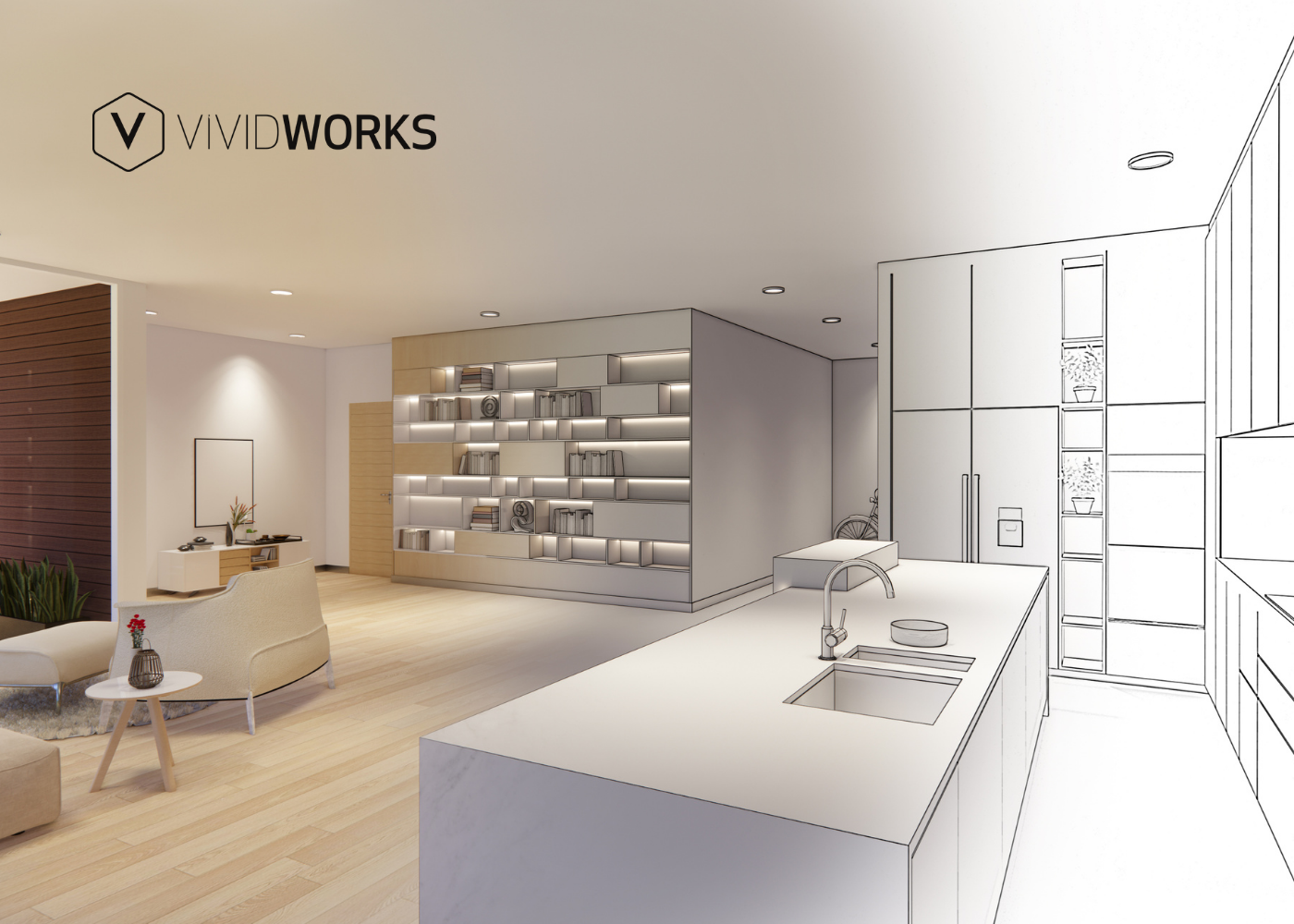In 2020 e-commerce grew rapidly, and estimations suggest that those numbers will continue to grow in 2021 and beyond. COVID-19 made many marketers and sellers realize that webshops are the way to go. In the B2C market the path has been clear for many years and consumers are used to comparing different products, their options and even configure product variants online.
But what about B2B? For so long, e-commerce solutions for B2B have fallen behind the B2C market both in quantity and quality. Yet it is said that online shoppers in both B2B and B2C primarily have two things in mind when it comes to the buying experience: speed and ease. Why wouldn’t these two things also apply in B2B?
Is it really that different?
The main differences between B2B and B2C e-commerce are considered to be: 1 - more complex products and 2 - longer buying processes. The widely accepted common fact that applies to both is that better product visualization with configuration options improves conversion rates and decreases product returns.
Apparently, it is challenging to tackle these differences with the available e-commerce solutions. There is often no off-the-shelf support for visualizing complex products and shortening the time elapsed for buying when customers want to make quick, easy and sound decisions based on what they see. This is where visual configuration and CPQ solutions, such as VividWorks’ product, step in.
This sounds like a perfect match. But if visual configuration and CPQ solutions have been around for a while, why is this combination not widely in use globally in B2B e-commerce?
One reason for this could be the assumption that visual configuration solutions require big investment right away to generate results. This is not true. Visual configuration can be introduced efficiently to B2B e-commerce and sales processes with a moderate investment. It is not even recommended to dive in headfirst and start building something big before the base work is done carefully.
Start with an easy win – visualize your products
The lightest version of visual configuration in e-commerce should be familiar to us all. A 360-3D product visualization view can be found in numerous webshops and it is pretty straightforward to add. All that is needed is the development of a 3D model of a product, and instead of product photos the product view is generated by a visual configuration and CPQ solution which is integrated to a webshop. 3D modeling takes a bit of effort, but luckily there are automation tools available for helping with this task such as importing from CAD.
Some vendors use a photo-based solution combining multiple pictures to make a 3D-like image that is easy to explore from different angles. This type of solution becomes laborious when the same presentation is developed for 100 or even 1000 products and does not allow for the adding of product configuration functionality later.
Enhanced visuality with AR and VR
Great visualization solutions also provide opportunities to take visualization a little bit further outside of a traditional webshop environment. Augmented Reality (AR) is an efficient way to present products in their actual environment. Utilizing AR boosts customer engagement with your products, but it takes a bigger investment than the basic 3D-view. AR is best put to use with mobile devices and it also requires a product 3D-model as in the first step.
If AR isn’t enough or if the sales process demands visualizing the unimaginable outside of a webshop, Virtual Reality (VR) is the way to go. With VR, it is easy to present all the available options and offer various ways to confirm the purchase decision in a real life-like environment where the product would be used. After all, seeing is believing and believing often means buying.
Visual Configuration is key for complex product e-commerce
A typical next step that a seller takes after they have adopted a 360 3D product visualization view is to enable visual configuration so that a customer can change variants such as colors, make light modifications or add components to make the product a perfect fit to their needs. If the changes to the product have an impact on the price, you might want to take it even further and add integration to your CRM or ERP systems to get automatic price calculations displayed while the customer is making changes to the product.
Adding visual configuration into a webshop enables, among other things, guided selling. This is an approach where a sales rep can build a quote for the customer, showcasing products and their variants and options. It’s also known to increase sales hit rates in B2B sales processes.
The time is now
Thinking about improving your B2B e-commerce solution? E-commerce and remote selling have increased dramatically in B2B due to COVID-19. When you are getting started, it is important to think about the product, context, and the purpose:
- Is the purpose to increase conversions? Or something else? Model your investment case based on assumed improvements to your e-commerce metrics.
- Simple products with a few options can get an easy uplift with 3D visualization.
- More complex products usually require a more advanced visualization and configuration solution.
- Does the environment where the product is used matter in the buying decision?
- Are there many products or just a few?
Our solutions allow you to use visual simulations everywhere, from office to on site, without technical skills or pricy technical design programs. Put your products in the spotlight and streamline your sales process.
Let us show you. Tell us what you need and book a demo: [email]sales@vividworks.com[/email]
Table of Content
-3.avif)
Streamline your process today!



.avif)



